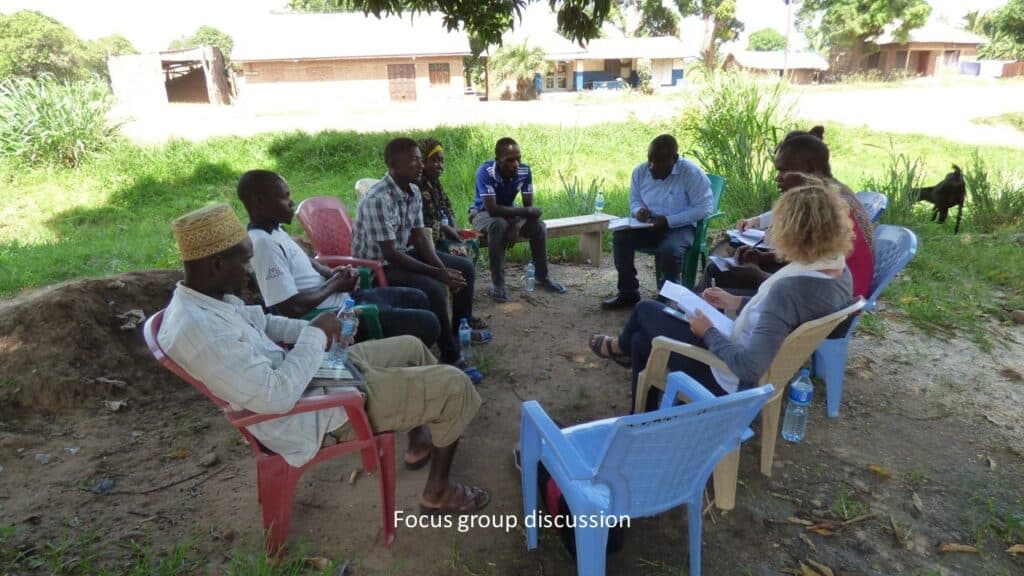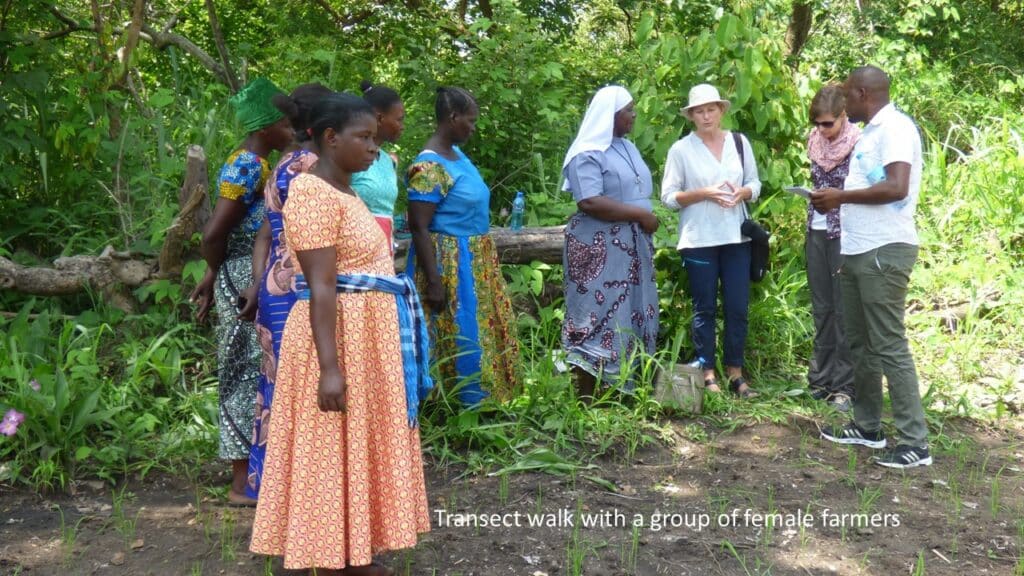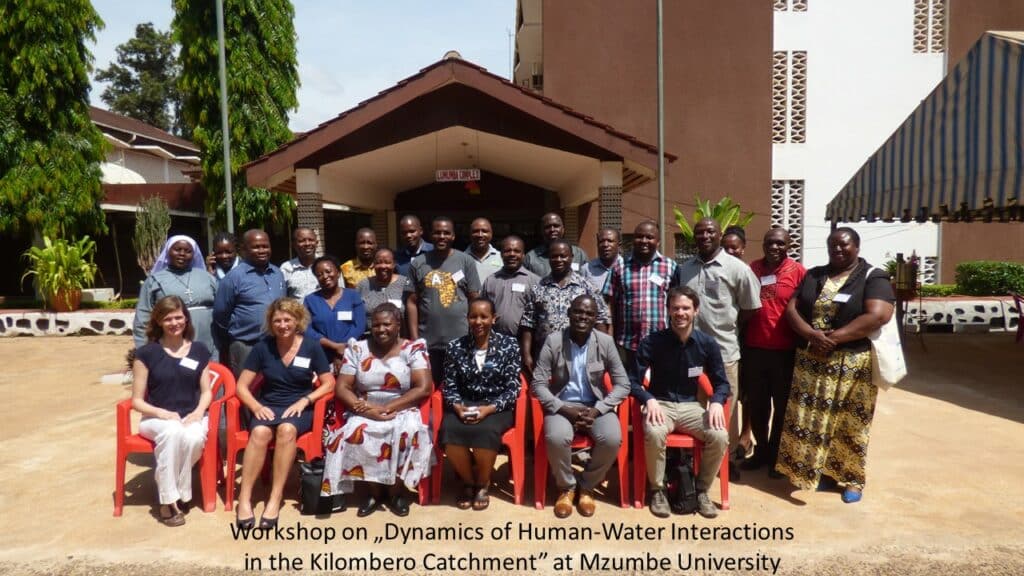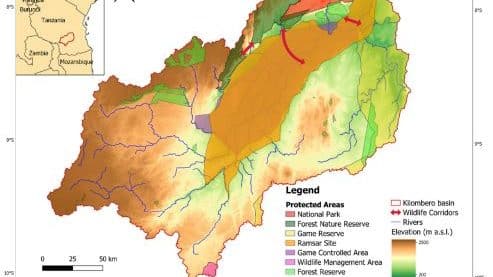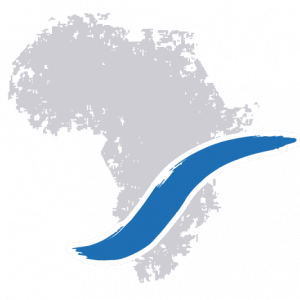CRC TRR 228 Project A03 **Ended December 2021**
Agro-Futures
A03 Agro-Futures (Ended December 2021)
Project Summary
To meet the growing food demand, several African countries opt for intensification by focusing crop production on high-potential areas and by increasing the size of the production units. However, the challenges for achieving crop intensification vary with the scales considered. Capital-intensive, large-scale land-use changes can enhance regional-scale agricultural production but rarely consider variations in resource base quality and the dynamics of hydrological regimes and may no longer meet the multiple demands of diverse actors. Prevailing spatial-temporal differences in climatic, edaphic and (socio)hydrological attributes, in production unit-specific resource endowments, and in market attributes are likely to increase variabilities at the plot and household scales. The resulting risks and uncertainties on the one hand and expectations on the other present a disincentive for individual production units to participate in intensification strategies. Such considerations of the size and scale dependency of variability and its implications for future crop production will be empirically tested for lowland rice intensification in the Kilombero floodplain in Tanzania. We will follow land-use change processes over a 12-year period, covering the envisioned change towards “sustainable intensification” between 2018 and 2030.
Research Region: Kilombero floodplain, Tanzania
Key Questions
1. How are production variability, hydrological risks, and market opportunities related to land-use patterns (scales of variability)?
2. How do actors perceive and respond to variability, risk and uncertainty of production, hydrology and economy (social-ecological transformations)?
3. How do linkages and feedbacks between land users and the environment shape current and future agricultural land-use strategies (integrated modelling)?
Methodology
Our methodology comprises a mixture of methods from natural sciences as well as social sciences. We collect primary data from soil and plant samples in our field experiments and perform statistical analyses with these data. Furthermore, we carry out household surveys, focus group discussions, choice experiments and interviews. These data are accompanied by remote sensing data and measured data from the local hydrological services. In the end, we feed these quantitative and qualitative data into economic and hydrological modeling studies, which are finally coupled in our integrated model in order to perform scenario analyses considering aspects of social sciences and natural sciences.
Key Findings from Phase I
We observed an increasing number of conflicts between crop farmers and migratory pastoralists or sedentary agro-pastoralists, regarding access to land and water. Such conflicts present an uncertainty in the outcome of investments and hence a production risks for farmers who are increasingly reluctant to use tractor tillage operations, modern rice genotypes, or agro-chemical inputs.
Besides this “classical” conflict between farmers and herders, there is an increasing competition for land between traditional low-input rice farmers, claiming customary rights to land, and the emergence of absentee “white collar” farmers from urban centers. Such land uses entail the construction of fences that affect the passage of adjacent rainfed rice farmers as well as of migrating herders or sedentary agro-pastoralists.
In the still predominating small-scale rice production systems there is a trend towards risk alleviation by diversification rather than specialization and intensification. A recently-completed survey indicates a rather dramatic change with nearly 20% of the farmers in irrigation schemes shifting from double rice to rice-upland crop rotations, while >5% of the rainfed farmers started to practice recession cropping as one diversification strategy.
The key resource for crop production, but also a key determinant of past failures in agricultural intensification, is the high spatial and temporal variability of water resources in Kilombero. This comprises both the effects of unexpected droughts as well as severe submergence events that affect grain yields and resource-use efficiency, and clearly demonstrated the interplay as well as the interdependency between the wetland and its surrounding catchment and agricultural management.
Publications
Ayyad S., Karimi P., Langensiepen M., Ribbe L., Rebelo L.M., Becker M. 2022. Remote sensing assessment of available green water to increase crop production in seasonal floodplain wetlands of sub-Saharan Africa. Agricultural Water Management 269, 107712, DOI
Becker, M., Angulo, C. 2019. The evolution of lowland rice-based production systems: Historic trends, determinants of change, future perspective. Advances in Agronomy, vol. 157, pp. 293-327. DOI
Gebrekidan, B., Heckelei, T., Rasch, S. 2020. Characterizing farmers and farming system in Kilombero Valley floodplain, Tanzania. Sustainability vol. 12(17), pp. 7114. Link
Grotelüschen, K., Gaydon, D.S., Senthilkumar, K., Langensiepen, M., Becker, M., 2022. Model-based evaluation of rainfed lowland rice responses to N fertiliser in variable hydro-edaphic wetlands of East Africa, Field Crops Research, Volume 285, 2022, DOI
Grotelüschen, K., Gaydon, S. D., Langensiepen, M., Ziegler, S., Kwesiga, J., Senthilkumar, K., Whitbread, A. M., Becker, M. 2021. Assessing the effects of management and hydro-edaphic conditions on rice in contrasting East African wetlands using experimental and modelling approaches. Agricultural Water Management, Volume 258, DOI
Höllermann, B., Näschen, K., Tibanyendela, N., Kwesiga, J., Evers, M. 2021. Dynamics of human-water interactions in the Kilombero Valley, Tanzania: – Insights from farmers’ aspirations and decisions in an uncertain environment. EJDR. DOI
Kwesiga, J., Grotelüschen, C., Neuhoff, D., Senthilkumar, K., Döring, T. F., Becker, M. 2019. Site and management effects on grain yield and yield variability of rainfed lowland rice in the Kilombero floodplain of Tanzania. Agronomy, vol. 9, pp. 608. DOI
Kwesiga, J., Grotelüschen, C., Neuhoff, D., Senthilkumar, K., Döring, T. F., Becker, M. 2020. Rice yield gaps in smallholder systems of the Kilombero floodplain in Tanzania. Agronomy, vol. 10, online. DOI
Langensiepen M., Omwandho Opiyo E., Kaudia A.K., Rugege D., Richard K., Akotsi E., Ashitiva D., Ningu J.K., Munyazikwiye F., Ngaboyamahina T., Urassa J.K., Ugen M., Sebashongore D., Oyieke H., Misana S., Kammesheidt L., Becker M. 2023. Reconciling East-African wetland conservation with human needs: Managing uncertainties in environmental policy design. Wetlands 43, 36. DOI
Langensiepen, M., Jansen. M.A.K., Wingler, A., Demmig-Adams, B., Adams III, W.W., Dodd, I.C., Fotopoulus, V., Snowdon, R., Fenollosa, E., de Tullio, M.C., Buck-Sorlin, G., & Munné-Bosch, S. 2020. Linking integrative plant physiology with agronomy to sustain future plant production. Environmental and Experimental Botany, on-line. DOI
Näschen, K., Diekkrüger, B., Evers, M., Höllermann, B., Steinbach, S., Thonfeld, F. 2019. The impact of land use/land cover change (LULCC) on water resources in a tropical catchment in Tanzania under different climate change scenarios. Sustainability, vol. 11(24), pp. 7083. DOI
Näschen, K., Diekkrüger. B., Leemhuis, C., Seregina, L.S., van der Linden, R. 2019. Impact of climate change on water resources in the Kilombero Catchment in Tanzania. Water, vol. 11(4), pp. 859. DOI
Proswitz, K., Edward, M. C., Evers, M., Mombo, F., Mpwaga, A., Näschen, K., Sesabo, J., Höllermann, B. 2021. Complex Socio-Ecological Systems: Translating Narratives in the Kilombero Catchment, Tanzania. Sustainability 2021. 13, 6552. DOI
Tabe-Ojong, M.P., Gebrekidan, A.E., Nshakira-Rukundo, E., Börner, J., & Heckelei, T. 2022. ‘COVID-19 in rural Africa: Food access disruptions, food insecurity and coping strategies in Kenya, Namibia, and Tanzania‘, Agricultural Economics, pp. 1– 20. DOI
Thonfeld, F., Steinbach, S., Muro, J. Hentze, K., Games, I., Näschen, K., Kauzeni, P. F. 2020. The impact of anthropogenic land use change on the protected areas of the Kilombero catchment, Tanzania. ISPRS Journal of Photogrammetry and Remote Sensing, vol. 168, pp. 41-55. DOI
Project News
CRC-TRR Future Rural Africa at ECAS 2023
Reconciling East-African wetland conservation with human needs – Managing uncertainties in environmental policy design
Publication: Translating narratives in the Kilombero catchment, Tanzania
Research during a global pandemic
Linking integrative plant physiology with agronomy
Team Members
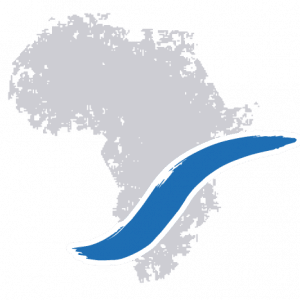
Dr. Christian Näschen
University of Bonn

Naswira Tibanyendela
Sokoine University

